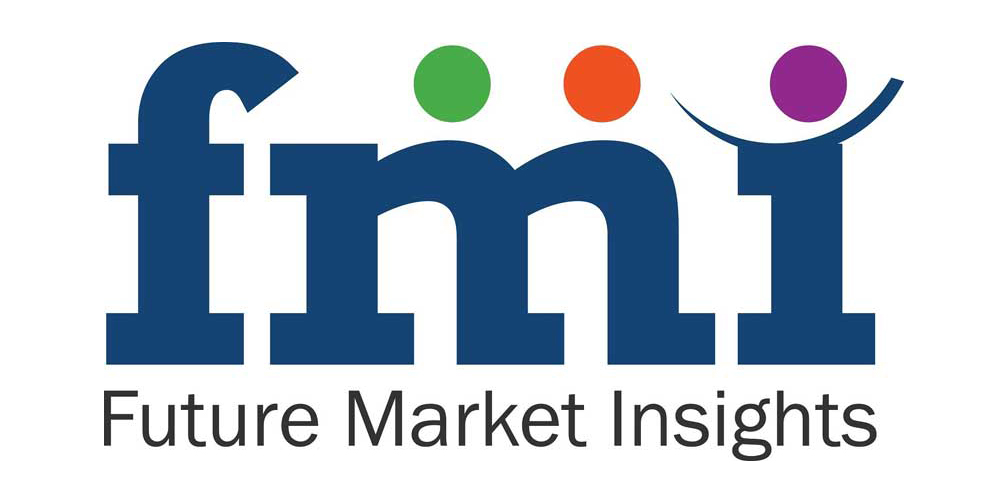Encapsulation is a method of encasing tastes and scents within a cover material for protection from environmental factors. This minimizes flavor and scent loss, while slowing product degradation, through processing and storage. According to a recent report by Future Market Insights (FMI), the market is expected to reflect a CAGR of 5.9%, hitting an estimated value of US$ 11.2 Bn by the end of 2031.
To Get a Sample Copy of the Report visit @ https://www.futuremarketinsights.com/reports/sample/rep-gb-2745
Encapsulation processes create functional qualities including the controlled release of aromatic molecules in specific environments. Encapsulated flavors and fragrances are used as excipients in the food and beverage, cosmetics, and personal care sectors for preserving products for long-term use.
Purity, granulation, average molecular weight, colour, and solubility determine the grade of encapsulated products. The wide multi-functional benefits of encapsulated flavours and fragrances are aiding the growth of the global market.
High levels of investments in research and development by key players, particularly in the developed countries, are expected to boost consumption. Another factor driving the market’s growth is the rising demand for functional foods.
Additionally, manufacturers are using technologies such as spray-drying, which is the most commonly used method in the industry. The emphasis on health and wellness has risen by leaps and bounds.
Healthy drinks with vitamins and natural flavors are becoming popular among consumers. Flavour encapsulation is preferred to chemically synthesized equivalents. Consequently, it is used on fruit and vegetable ingredients without compromising nutritional content. As a result, encapsulated flavour manufacturers have great opportunities to partner with beverage manufacturers and supply encapsulated flavors for health drinks and more.
Key Takeaways from the Encapsulated Flavours and Fragrances Market Study:
- Micro-encapsulation accounted for a market share of 72.9% in 2021 driven by superior functional efficacy and diverse applications.
- Cyclodextrin is anticipated to witness a lucrative growth rate at a CAGR of 9.1%, supported by the growing popularity of prebiotics.
- Germany holds the lead and will account for 24% share in the Europe market in 2021, however, it is registering sluggish growth owing to saturation in the country.
- The U.S. will hold over 88% of the North America market by the end of 2031, driven by demand from matured food and chemical processing sectors.
- South Korea registers the highest growth rate in East Asia at 8% CAGR, supported by demand from the cosmetic, personal care, and pharmaceutical sectors in the country.
“Leading companies in the encapsulated flavors and fragrances market are focusing on developing novel product technologies to bolster their revenue streams through research and development efforts in the coming decade,” according to FMI’s analyst.
Who is Winning?
Encapsulated flavors and fragrances manufacturers are working on delivering unique items to the market to reach a larger customer base. Manufacturers are also working on research and development to meet rising consumer expectations in both existing and emerging markets. Additionally, manufacturers are also focusing on online retailing in the pandemic through various E-commerce websites.
Some of the leading companies offering encapsulated flavours and fragrances are ADM, Cargill Inc, Firmenich Incorporated, Givaudan, Ingredion Incorporated, International Flavours and Fragrances (IFF), Kerry Group, Royal DSM, Sensient Technologies, Symrise AG, Tate & Lyle PLC and others.
Encapsulated Flavors and Fragrances Market by Category
By Product Type:
- Flavour Blends
- Fragrance Blends
- Essential Oils & Natural Extracts
- Aroma Chemicals
By Technology:
- Mechanical
- Emulsification
- Spray Drying
- Spray-Chilling/Cooling
- Fluidised-Bed Coating
- Centrifugal Extrusion
- Others
- Chemical
- Coacervation
- Freeze Drying
- Supercritical Fluid Technique
- Nano Precipitation
- Liposomes
- Others
By Wall Material
- Maltodextrin (DE<20)
- Corn syrup solid (DE>20)
- Modified cellulose
- Gum Arabic
- Modified starch
- Gelatin
- Cyclodextrin
- Lecithin
- Whey protein
- Hydrogenated fat
- Others
By End-use:
- Consumer Goods
- Laundry detergents
- Fabric softeners and scent boosters
- Household Care
- Deodorants
- Oral Care
- Skin Cleansing & Care
- Hair Care (shampoo & conditioner)
- Food and Beverage
- Chewing gum
- Baked Foods
- Confectionery
- Dairy Products
- Instant Desserts (Frozen Food)
- Food Flavors (Snack Food, Cereal, Oatmeal, etc.)
- Beverage & Instant Drinks & Tea
- Others (Prepared Dishes, etc.)
By Encapsulated Form:
- Powder
- Paste
- Granules
By Process:
- Micro-encapsulation
- Nano-encapsulation
- Hybrid-encapsulation
- Macro-encapsulation
By Region:
- North America
- Latin America
- Europe
- East Asia
- South Asia
- Oceania
- The Middle East and Africa (MEA)
Browse Full Report at : https://www.futuremarketinsights.com/reports/encapsulated-flavors-and-fragrances-market
Get Valuable Insights into Encapsulated Flavours and Fragrances Market
Future Market Insights, in its new offering, provides an unbiased analysis of the encapsulated flavours and fragrances market presenting historical demand data (2016-2020) and forecast statistics for the period from 2021-2031. The study divulges compelling insights on the encapsulated flavours and fragrances market based on form (liquid and powder), by source (shrimp, crab and lobster), and by end-use (food additives, dietary supplements, pharmaceuticals & biomedical and cosmetics & personal care) across seven major regions.
Related Reports:
- https://medium.com/@akshay.shinde.vu/porridges-market-2022-outlook-current-and-future-industry-landscape-analysis-2027-a6e7e8ed3693
- https://vin.gl/p/4360969?wsrc=link
- https://medium.com/@akshay.shinde.vu/phytosterol-market-insights-deep-analysis-of-key-vendor-in-the-industry-2022-2030-aaa12e6dfa2b
